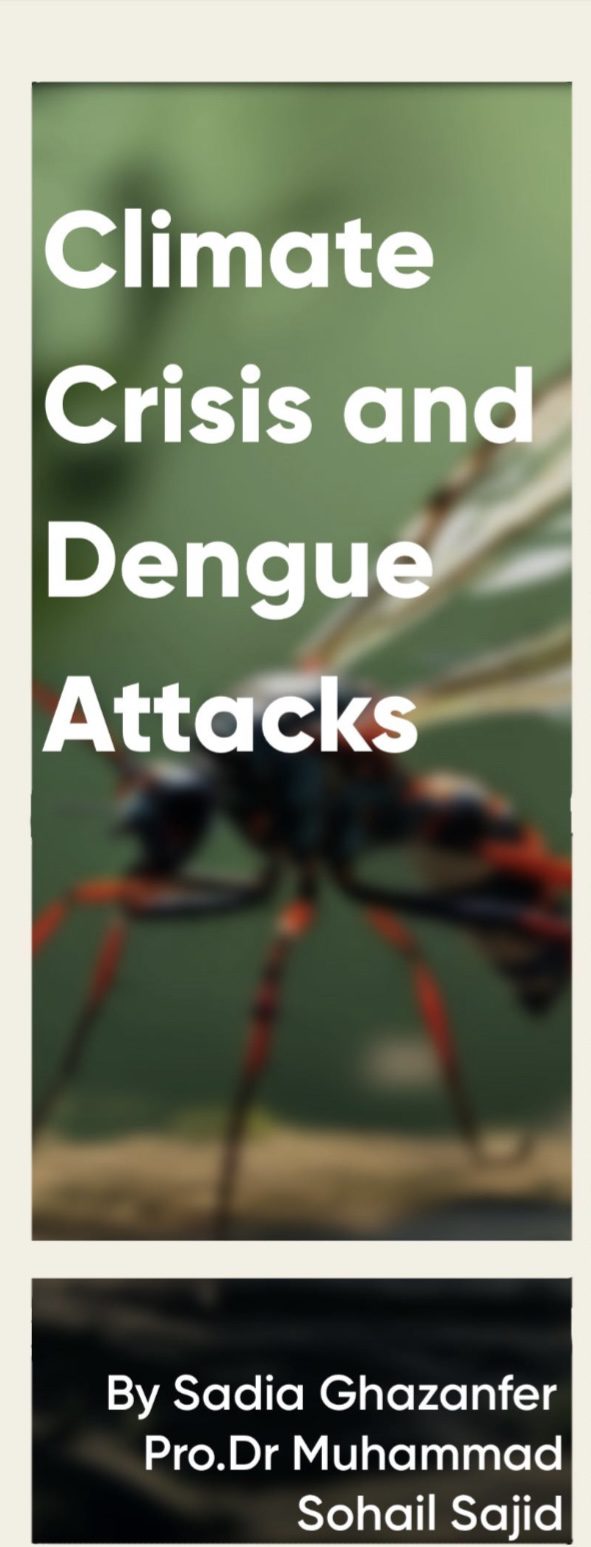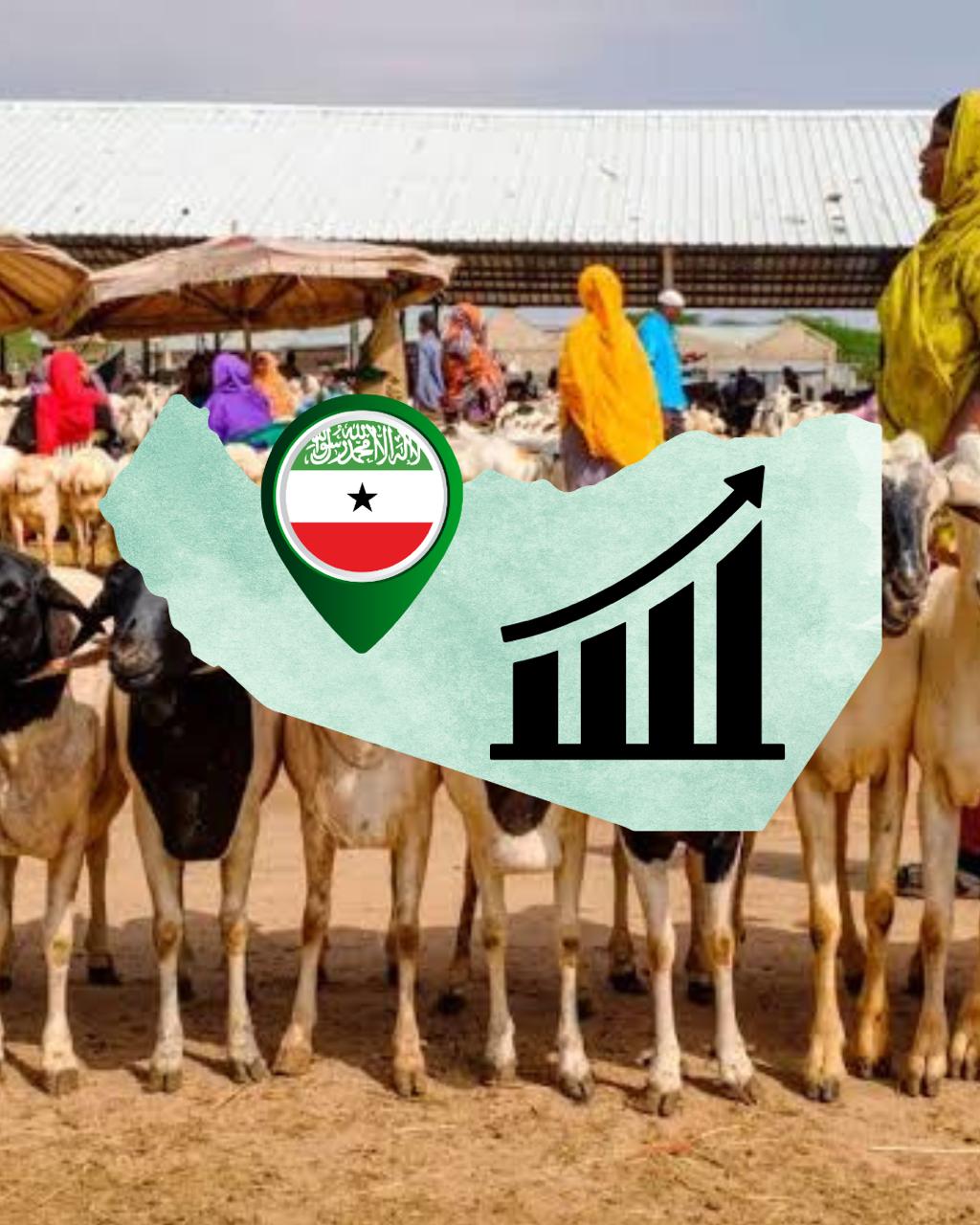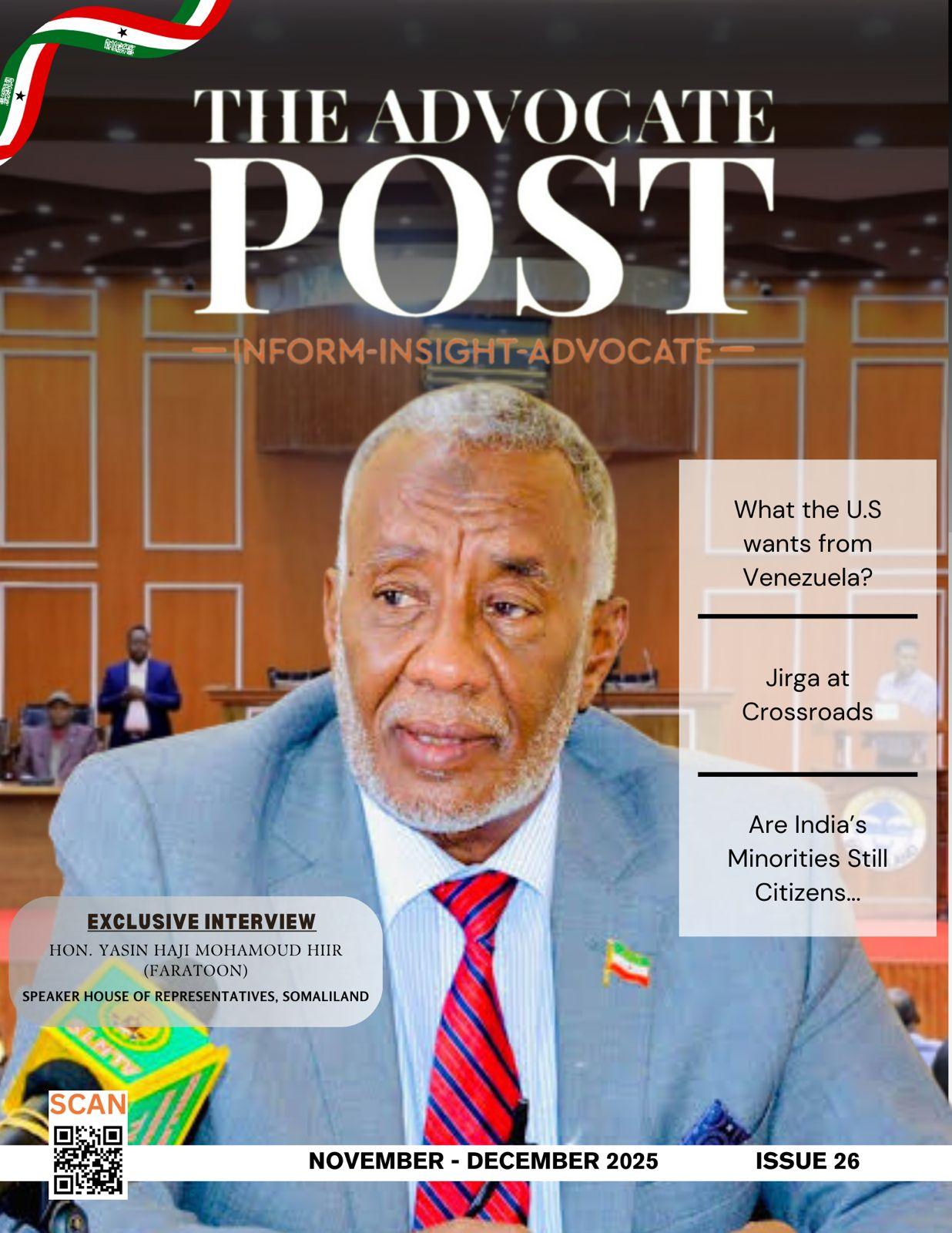By: Sadia Ghazanfer and Pro.Dr Muhammad Sohail Sajid
Climate change is a significant issue in this era, impacting everyone with its effects. It entails a long-term shift in weather patterns, including changes in wind velocity, precipitation, humidity, and other climate factors. Over the last decade, climate change has badly affected the environment. Everyone is in hot water due to climate change. If we talk about the previous decade’s climate, we know everything was normal, but after 2000, the climate has been changing very rapidly. The duration of summer is now more than six months, and temperatures have reached 53 degrees in some areas of Pakistan. Due to the climate change there and various issues that needs great concern. There are many factors that contribute in changing climate like deforestation, urbanization, use of fossil fuel, industrialization and emission of greenhouse gases.
Climate change influences the spread of dengue fever primarily through its impact on temperature and precipitation patterns. Rising temperatures create favorable conditions for the breeding and survival of Aedes mosquitoes, the primary vectors for dengue virus transmission. Warmer temperatures also accelerate the replication of the virus within mosquitoes, increasing their infectiousness. Additionally, changes in precipitation patterns, such as increased rainfall or drought, can create breeding sites for mosquitoes and promote their proliferation.
As a result, areas that were previously unaffected by dengue fever may become at risk, leading to the expansion of dengue transmission zones and the emergence of outbreaks in new geographic regions The intersection of climate change and public health has become increasingly apparent in recent years, with rising global temperatures contributing to the spread of diseases such as dengue fever. The convergence of the climate crisis and the escalating threat of dengue fever presents a growing concern for communities worldwide recent dengue outbreaks in regions heavily impacted by climate change have underscored the significant health risks posed by the intersection of environmental and human factors. In regions such as Asia, South America, and parts of Africa, where climate change has led to rising temperatures and altered precipitation patterns, dengue fever has become a growing concern.
Statistics reveal a troubling trend of increasing dengue cases and related fatalities in these regions. For example, in countries like Pakistan, Brazil and India, dengue outbreaks have reached alarming levels in recent years, with thousands of cases reported annually. The World Health Organization (WHO) estimates that globally, there are around 390 million dengue infections per year, of which approximately 96 million manifest clinically, resulting in severe illness and, in some cases, death.
And in the scenario of Pakistan Recent dengue outbreaks, have underscored the significant health risks posed by the intersection of environmental and human factors. In Pakistan, where climate change has led to rising temperatures and altered precipitation patterns, dengue fever has become a growing concern. Statistics reveal a troubling trend of increasing dengue cases and related fatalities in the country. For example, in recent years, Pakistan has experienced significant dengue outbreaks, with thousands of cases reported annually.
The World Health Organization (WHO) estimates that Pakistan is among the countries with a high burden of dengue fever, with millions of cases reported each year.
Vulnerable populations in Pakistan, such as those residing in urban slums or rural areas with inadequate sanitation and limited access to healthcare services, are disproportionately affected by dengue fever. Addressing the disproportionate impact of dengue on vulnerable populations in Pakistan requires targeted interventions that focus on improving access to healthcare, implementing vector control measures, and addressing social determinants of health exacerbated by climate change. Adopting a multi-sectoral approach is crucial to effectively mitigate both climate change and dengue outbreaks.
Collaboration among various sectors, including health, environment, urban planning, agriculture, and education, is essential to address the complex interplay between environmental factors, human behavior, and public health outcomes. One strategy for controlling mosquito populations and preventing dengue transmission is through integrated vector management (IVM). IVM involves a combination of approaches, including environmental modification, biological control, larval source reduction, and targeted insecticide application. By implementing IVM strategies, communities can reduce mosquito breeding habitats, limit adult mosquito populations, and minimize the risk of dengue transmission.
Advocacy for policies and initiatives aimed at reducing greenhouse gas emissions and promoting climate resilience is imperative for addressing the root causes of climate change and its impacts on dengue outbreaks. Governments, international organizations, and civil society groups must work together to develop and implement policies that prioritize climate action, transition to renewable energy sources, and promote sustainable land use and transportation practices. Additionally, efforts to enhance climate resilience, such as investing in climate-smart infrastructure, strengthening early warning systems,and improving healthcare capacity, are essential for protecting communities from the adverse effects of climate change, including dengue fever.
Community engagement plays a crucial role in combating dengue fever and addressing climate change in Pakistan. By involving local communities in prevention and mitigation efforts, sustainable solutions can be developed that are tailored to the specific needs and challenges of each community.
One of the key aspects of community engagement is raising awareness about dengue prevention and climate adaptation measures. Public awareness campaigns play a vital role in educating communities about the risks associated with dengue fever and the importance of taking preventive actions. These campaigns can include information about eliminating mosquito breeding sites, using insect repellents, and seeking medical care early if symptoms of dengue are experienced.
Additionally, awareness campaigns about climate change can educate communities about the impacts of global warming and the importance of reducing greenhouse gas emissions and promoting climate resilience. Several successful community-led initiatives have been implemented in Pakistan to reduce dengue risk and build climate resilience. For example, in urban areas, community-based clean-up drives have been organized to remove stagnant water and garbage, which serve as breeding grounds for mosquitoes. These initiatives not only reduce the risk of dengue transmission but also contribute to improving overall sanitation and environmental health in communities.
In rural areas, community-led efforts to plant trees and establish green spaces can help mitigate the effects of climate change by sequestering carbon dioxide and reducing temperatures. Additionally, community-based disaster preparedness programs can help build resilience to climate-related disasters such as floods and extreme weather events, which can exacerbate the spread of dengue fever. Several NGOs and organizations are actively working to combat dengue outbreaks and implement prevention and management strategies in Pakistan like Dengue Control Program (DCP) Pakistan, World Health Organization (WHO) Pakistan and United Nations Children’s Fund (UNICEF) Pakistan.
As researchers and human being it’s our responsibilities to understand the disease dynamics, developing innovative prevention and control strategies, raising awareness in communities, advocating for effective policies, and actively participating in efforts to mitigate the impact of dengue outbreaks on public health.
Sadia Ghazanfer and Pro.Dr Muhammad Sohail Sajid
Department of Parasitology,University of Agriculture, Faisalabad Author can be reached at sadiaghazanfar90@gmail.com





